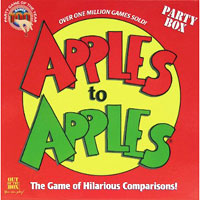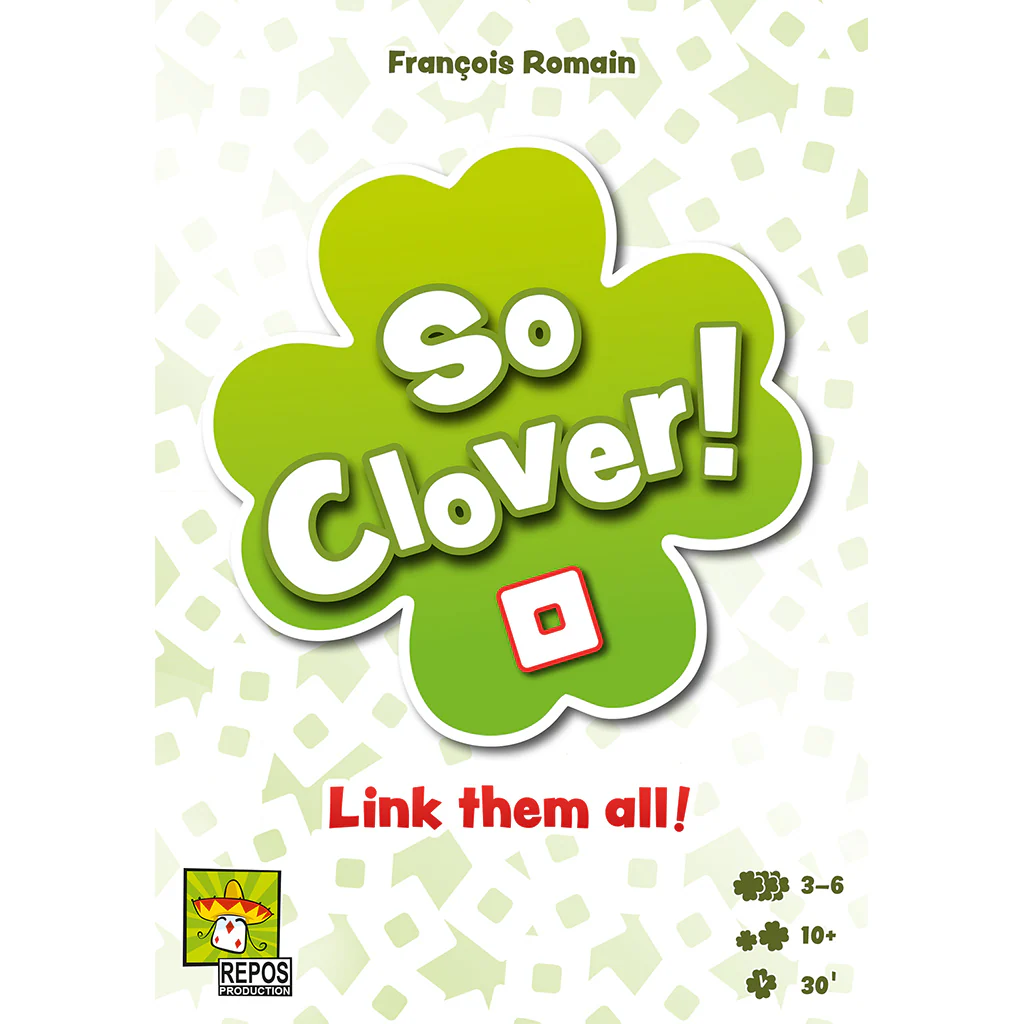Party Games
We Recommend
Bring the fun to your next gathering with the best party board games! These high-energy, easy-to-learn games are perfect for groups, making them ideal for game nights, holidays, or casual get-togethers. From hilarious guessing games to fast-paced challenges, our recommended party games are designed to keep everyone laughing, engaged, and wanting to play again.



Telestrations

Superfight
Superfight is a hilarious party game where players create absurd characters using cards (like “a zombie” or “a kindergarten class”) and then argue why their fighter would win in a battle against someone else’s creation. It’s fast, ridiculous, and all about convincing the group that your imaginary fighter is the ultimate champion.

Tapple
A fast-paced word game with a ticking timer and a wheel of doom (okay, just letters, but it feels intense). Think of words that fit the category and start with unused letters—before the timer runs out and the pressure fries your brain. Quick to learn and great for competitive families or friend groups who love shouting over each other.

Secret Hitler
Secret Hitler is a thrilling hidden-role game where deception, deduction, and dramatic accusations take center stage. The fun comes from trying to read your friends—who's lying, who's bluffing, and who’s secretly plotting a fascist takeover. Every game is packed with tension, wild accusations, and unforgettable moments. Perfect for groups who love strategy, social deduction, and a bit of chaos.


Dixit
Dixit is an imaginative game where you give creative clues to match dreamy, surreal-style artwork—and hope your hint is just right (not too obvious, not too vague). It’s a hit with bigger groups and always sparks laughs and great guesses. If clue-giving feels tough, try Stella—same whimsical art style, but the game gives you the prompt, and you just match the cards. Dixit is great for storytelling; Stella leans more into clever connections.

Apples to Apples
A classic party game where the fun is all in the mismatched logic and weird debates. One player picks a prompt, everyone else throws in the best (or most ridiculous) card they’ve got, and the judge picks their favorite. Great for mixed-age groups or anyone who likes light competition with a lot of laughs.

Just One
Just One is one of those games you can teach in a minute and play with just about anyone. Everyone writes a clue to help the guesser — but if two players write the same thing, those clues get erased. Perfect for family gatherings or game nights with friends—it’s fast, silly, and full of “wow, our brains do not work the same way” moments.


So Clover!
So Clover! is like a relaxed little brain teaser you do with friends — no teams, no pressure, just everyone trying to figure out each other’s weird word connections. It plays best with 3–5 people and hits that sweet spot between thoughtful and fun, especially when someone actually guesses the clue you thought was a stretch.